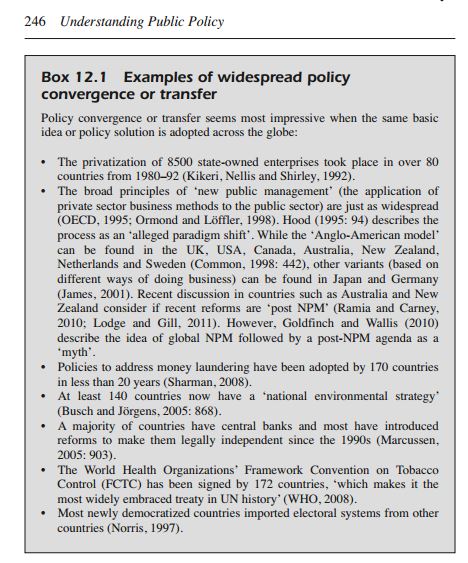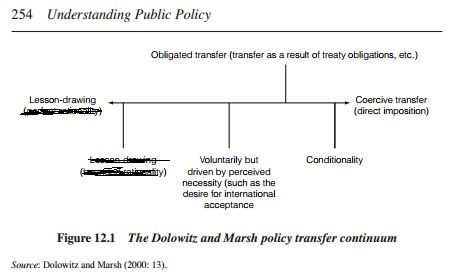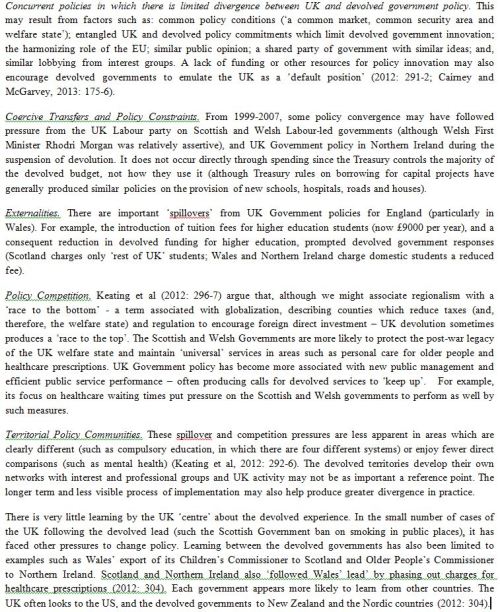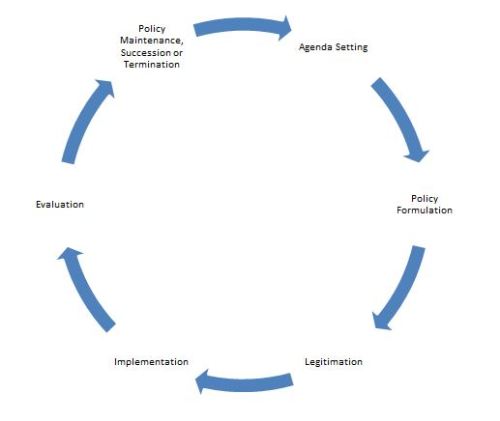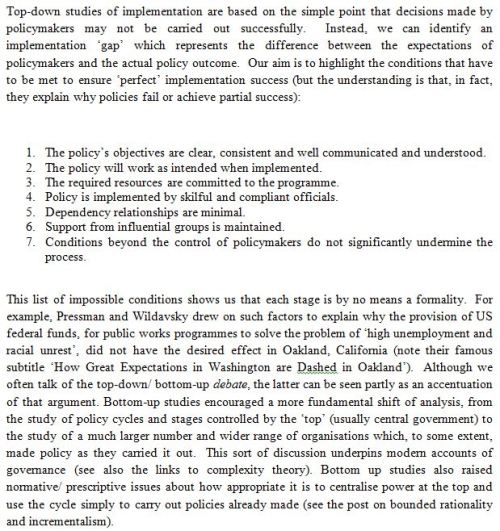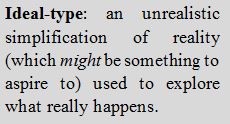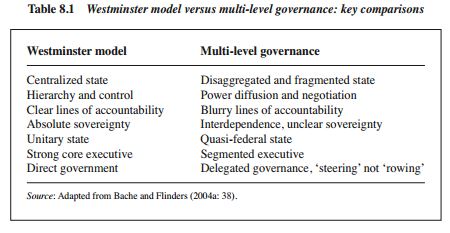Scotland’s Future is an unusual mix of the mundane and the meaningful. On the one hand, it doesn’t tell you much more than you already knew: the current Scottish Government supports independence and has its own ideas about how it should look. On the other, if you take a step back, you remember how unusual it is for a government to treat independence as a policy like any other, setting out a White Paper and using the civil service machinery to help turn its broad aims and manifesto into a whopping policy document. The choice of a White Paper is also interesting in terms of UK history. They are traditionally used as a way to consult. A Green Paper sets out broad aims and asks questions. A White Paper is a stronger statement of intent, set out in detail, and put to the public for its reaction. They know what they want to do, but they are willing to talk to you about it, to make sure they got it right.
I remember noticing this mix of mundane/ meaningful when hearing the White Paper described by a civil servant in an innocuous way (although this is only an impression you would get if you were there – not if you read about it in the Herald). I mostly spaced out when hearing some of the descriptions, only to remember that this is a Scottish Government civil servant describing the details of the policy of independence. So, I managed to catch the most important part: the White Paper is a mixture of 3 things:
(1) What the Scottish Government wants and can safely say will happen if there is a Yes vote (Scottish independence, as described in the WP);
(2) What the Scottish Government hopes to secure in negotiation with the UK Government if there is a Yes vote (for example, a currency union);
(3) What the current Scottish Government would like to see happen if there is a Yes vote (for example, a particular kind of social democratic state and particular policies, or the removal of policies such as the ‘bedroom tax’).
Much has been made about the third type of aim, which can be described as the SNP using the Scottish Government to write its next manifesto (albeit on twitter, where people go to make their most succinct and outrageous claims), but remember that this is a consultation document, not something that binds a Scottish Government led by another party (and remember that the SNP had already written most of this stuff anyway, with the civil service there to minimise mistakes). Even without the hyperbole, it is an unusual document, setting out a policy for something the Scottish Government does not control. One might say that, in a complex world, the idea of a government being in control is silly anyway, but this WP is unusually candid about the things it only hopes to achieve and the often-party-political points it wants to make.
It is in this context that we should view the aims set out in the WP:
Alex Salmond’s preface has that big idea, mixed with pragmatism and values, feel: we will seek independence to pursue our own aims, work with the UK Government to secure them, and hope to build on the idea of Scottish ‘values’ to produce a particular kind of state and set of policies. This is a straightforward rhetorical device setting out his (now pragmatic) hopes and dreams.
The preface is followed by some bullet points which contain more details and mixes the governmental with the party political. This is the approach that has been described as the Scottish Government writing the SNP’s manifesto. Alongside the general desire for decisions about Scotland to be made by ‘those who live and work here’, is a broad statement about economic policy being conducive to business (including small business) and geared more to Scotland than the South East of England (a point used partly to justify a potentially-right-wing-looking drop in corporation tax (and air duty), ‘to counter the gravitational business pull of London’), a detailed account of current policy intentions and some strong criticism of current UK Government policy. The ‘social democratic’ feel is there, with a general commitment not to reform the welfare state in the way currently done by the UK Government, and to protect pensions and the minimum wage (while promoting, and paying its staff, the ‘living wage’). There is a particular emphasis on childcare to allow women to return to work (prompting some commentary about the relative lack of support for independence by women). There is also a clear dig at the UK Government as a Conservative-led government, with a commitment to abolish the ‘bedroom tax’ (for social housing only?) and return the Scottish part of the Royal Mail to public ownership. The ‘bedroom tax’ is, I think, mentioned 38 times and linked to the ‘poll tax’ twice (it’s a bit like the roundabouts going through Dundee – they have a hypnotic effect and you lose count).
These aims are followed by the case for independence and some broad plans for an independent Scotland. It is this area in which the Scottish Government shows most strength, by presenting Scotland in a positive light, particularly in relation to its economy and its scope for growth through innovation, and by presenting broad aims which reinforce its Nordic-looking (‘social democratic’? progressive? corporatist?) credentials tied strongly to its aims on economic activity. There is a focus on: ‘fostering high levels of trust and reducing income inequality’; promoting more equal employee representation and, in particular, ‘greater female participation on company boards’; reducing corporation tax and air duty (perhaps the non-progressive outliers in this list) and perhaps National Insurance contributions for small business; fostering a corporatist approach to issues such as fair pay; and, removing tax incentives for marriage and a reduction in employment rights. The stand-out element is the commitment to increase ‘female and parental participation in the workforce through a transformational expansion in childcare provision’. 3 and 4 year olds (and ‘vulnerable’ 2 year olds) will be offered the hours equivalent to primary schooling. Early criticism focuses on the idea that this policy is only promised in an independent Scotland, not now. Yet, the plan is based on a five year lead-in, to produce a much larger trained workforce (five years seems ambitious enough to me).
There is also a broad commitment to: maintain Scotland’s key education policies (comprehensive schools, free higher education) but improve on the Scottish Government’s record on major inequalities in attainment (there is a similar mention of health inequalities); re-establish the link between the state pension (but not other social security) and average earnings or inflation if it is higher (a policy abolished by a pre-devolution Conservative Government) and slow down the increase of the pension age when it reaches 66 (partly because Scots live shorter and less expensive lives); and protect social protection: ‘support for people who work; a safety net for people who cannot work; and a climate of social solidarity’. Its justice aims are fairly vague.
This is accompanied by a discussion of shakier ground, which: (a) requires more UK Government cooperation, arguing (why not go for it completely if you go for it?) that ‘The pound is Scotland’s currency just as much as it is the rest of the UK’s’ and that it should form an influential part of a ‘Sterling Area’ (i.e. not just use the pound on the sly); and (b) engages in the difficult-to-control debate about Scotland’s finances and likely future tax rates: ‘As Scotland’s public finances are healthier than those of the UK as a whole, there will no requirement for an independent Scotland to raise the general rate of taxation to fund existing levels of spending’ (compare with recent coverage of the IFS report).
The focus on international affairs is fairly uneventful at times (given that this would be the biggest area of transferred powers), perhaps because the debates have been well aired: the Scottish Government budget for embassies would be lower than it (estimates it) pays for its share of the UK (and used to promote culture and trade); it would negotiate its entry to to the EU on the basis of already meeting most of its conditions, staying out of the Eurozone (OK, that argument is more interesting) and Schengen area; it would meet the ‘good global citizen’ test by giving 0.7% of Gross National Income to international development; and put up more of a fight in EU fishing and agriculture negotiations. It also promises a (less UK, less right wing?) points-based system on immigration and to reintroduce the old student visas system (removed by the UK Government, producing much teeth-gnashing and income reduction in Universities).
Defence and energy are the bigger bones of contention, requiring some degree of cooperation with the UK Government. The Scottish Government promises the removal of nuclear weapons from Scotland ‘within the first term of the Scottish Parliament following independence’ (while aiming to join NATO) and to use some of its £2.5bn budget to build ‘to a total of 15,000 regular and 5,000 reserve personnel’. It also seeks to maintain a GB-wide energy market to, for example, allow it to continue to export renewable electricity to England.
The Scottish Government describes the transitional arrangements (to begin as a new, elected Scottish Parliament in May 2016) on things like civil service transfers as straightforward, preferring to focus on the need to produce a written constitution, enshrining certain broad principles on equality and the right to healthcare and education (and a specific ban on nuclear weapons), and developed in partnership with a ‘constitutional convention’. Its commitment to ‘subsidiarity’ and the protection of local government appears later in the main document.
If only to reinforce the idea that this is no ordinary White Paper, and that the Scottish Government is engaging in unusually tense party political and yes/ no ground, it has printed a clear dig at the no campaign’s focus on the worst-case scenario: Scotland will still get access to the BBC network, ensuring that ‘the people of Scotland will still have access to all current programming, including EastEnders, Dr Who, and Strictly Come Dancing and to channels like CBeebies’. What other government document can say that?





